1. Area 51, Nevada, USA
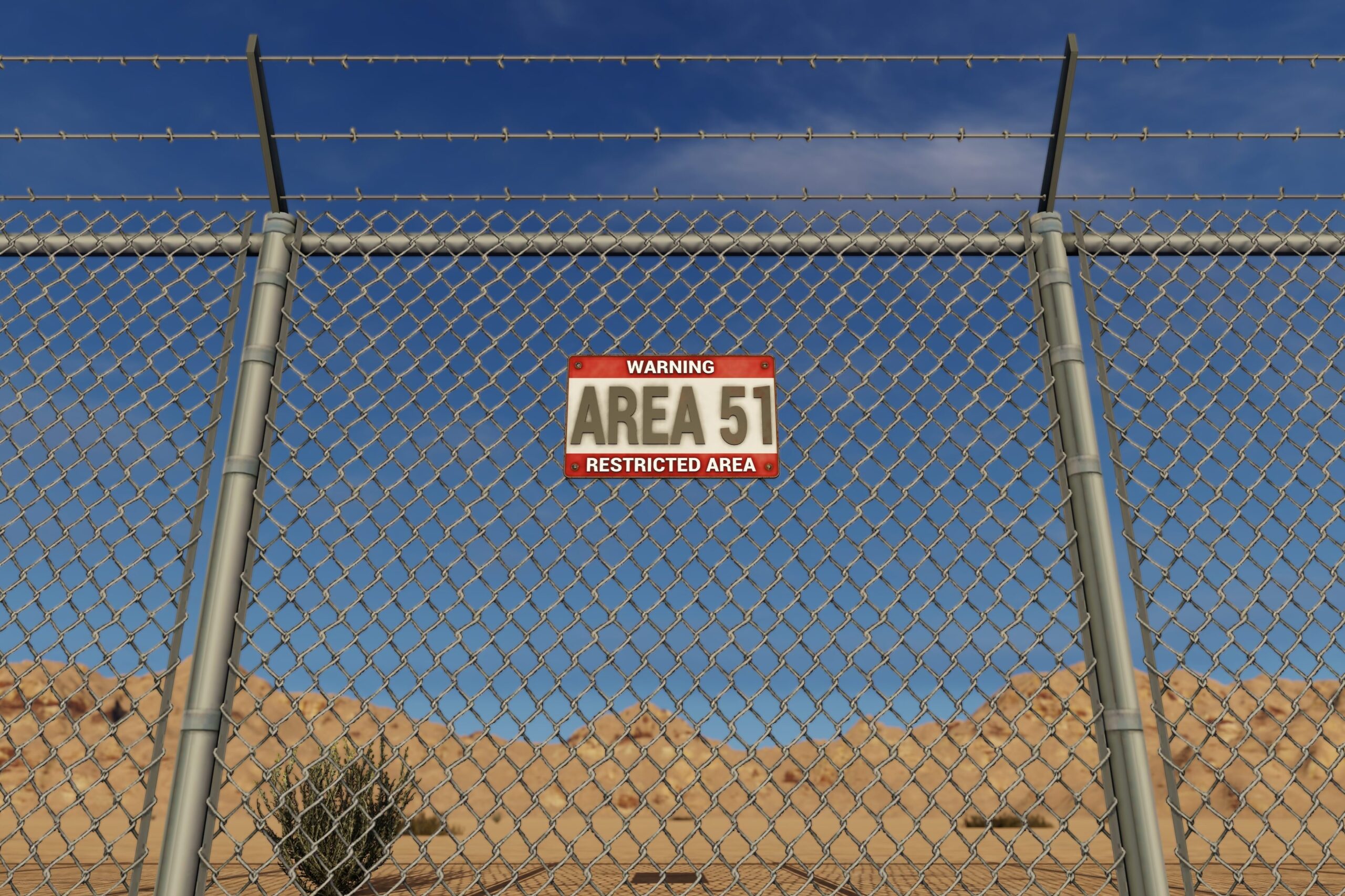
Area 51 is infamous for being shrouded in mystery and conspiracy theories. Located in the Nevada desert, this highly classified U.S. Air Force facility is rumored to house alien spacecraft and extraterrestrial artifacts. The government only acknowledged its existence in 2013, fueling even more speculation. Strict security measures surround the area, with warning signs and armed guards making it clear that trespassers aren’t welcome shares PBS.
Tourists often try to get a glimpse from afar, but access beyond designated viewing points is strictly prohibited. The combination of secrecy and pop culture fascination has made Area 51 a symbol of government cover-ups. While you can visit the nearby town of Rachel and enjoy themed attractions, the inner workings of Area 51 remain off-limits, preserving its enigmatic allure adds the Houston Herald.
2. North Sentinel Island, India

North Sentinel Island, part of India’s Andaman and Nicobar Islands, is home to the Sentinelese people, one of the last uncontacted tribes in the world. The tribe has fiercely resisted outside contact, and Indian law prohibits anyone from approaching within five nautical miles of the island. The Sentinelese live in complete isolation, preserving their way of life without modern influence says Nature.
Tragically, any attempts to interact with the tribe have ended in violence, as they view outsiders as threats. The Indian government enforces this isolation to protect both the tribe and visitors from potential harm. While the idea of visiting such a place might spark curiosity, respecting the Sentinelese’s wishes is crucial, ensuring their culture and safety remain intact shares MSN.
3. Poveglia Island, Italy
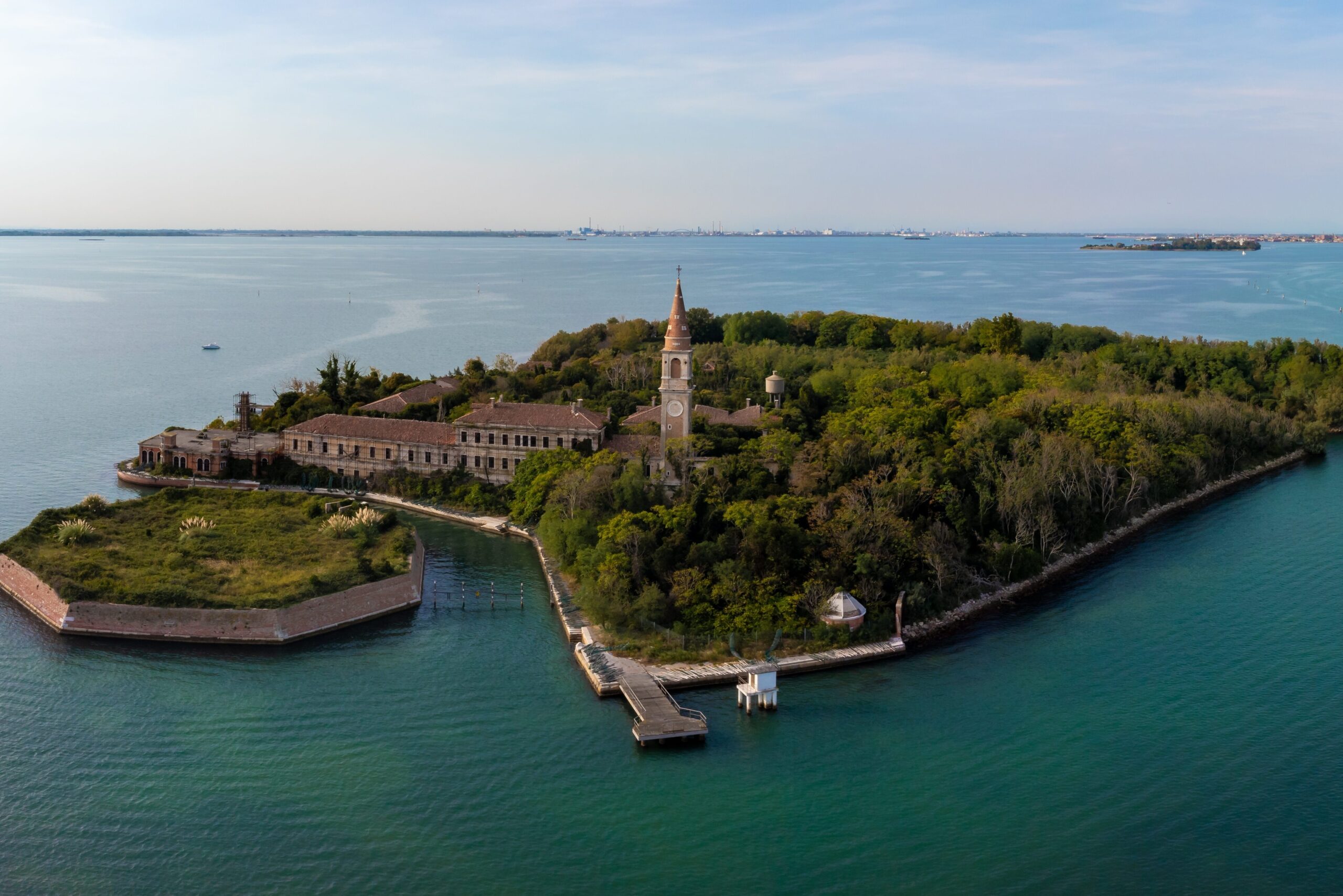
Poveglia Island, near Venice, Italy, is often referred to as one of the most haunted places on Earth. Historically, it served as a quarantine station for plague victims and later as a mental asylum. The island’s dark past has inspired countless ghost stories and urban legends, deterring most visitors from venturing close.
Access to Poveglia is strictly forbidden by Italian authorities, who aim to preserve its eerie legacy. Adventurous souls sometimes attempt to reach the island by boat, but official tours are non-existent. The combination of tragic history and ghostly tales makes Poveglia a macabre yet fascinating off-limits destination.
4. Snake Island (Ilha da Queimada Grande), Brazil

Snake Island, officially known as Ilha da Queimada Grande, lies off the coast of Brazil and is infamous for its venomous snake population. The island is home to the golden lancehead pit viper, a species found nowhere else on Earth. The Brazilian government has banned public access to the island to protect both humans and the snakes.
Scientists occasionally receive special permits to study the snakes, but visitors are strictly prohibited. The island’s dense snake population and rugged terrain make any unauthorized visit extremely dangerous. The thought of an island crawling with venomous snakes is enough to keep most tourists at bay, reinforcing its reputation as a forbidden destination.
5. Mezhgorye, Russia
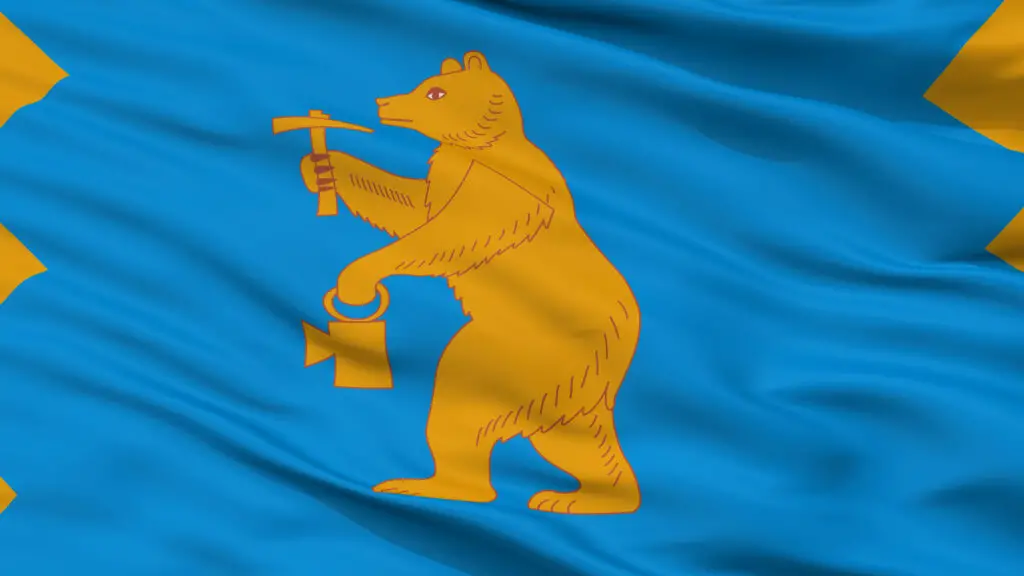
Mezhgorye is a secret closed town in Russia, believed to be associated with a nuclear facility or missile site. Located in the Republic of Bashkortostan, the town’s existence is not officially acknowledged by the Russian government. Surrounded by high-security measures, Mezhgorye operates under strict military control, with entry allowed only for authorized personnel.
The secrecy around Mezhgorye has sparked rumors about underground bunkers and nuclear missile silos. Satellite images and anecdotal reports fuel the mystery, but few facts are confirmed. For tourists, the area remains completely off-limits, encapsulating the essence of Cold War secrecy and modern-day military confidentiality.
6. Lascaux Caves, France
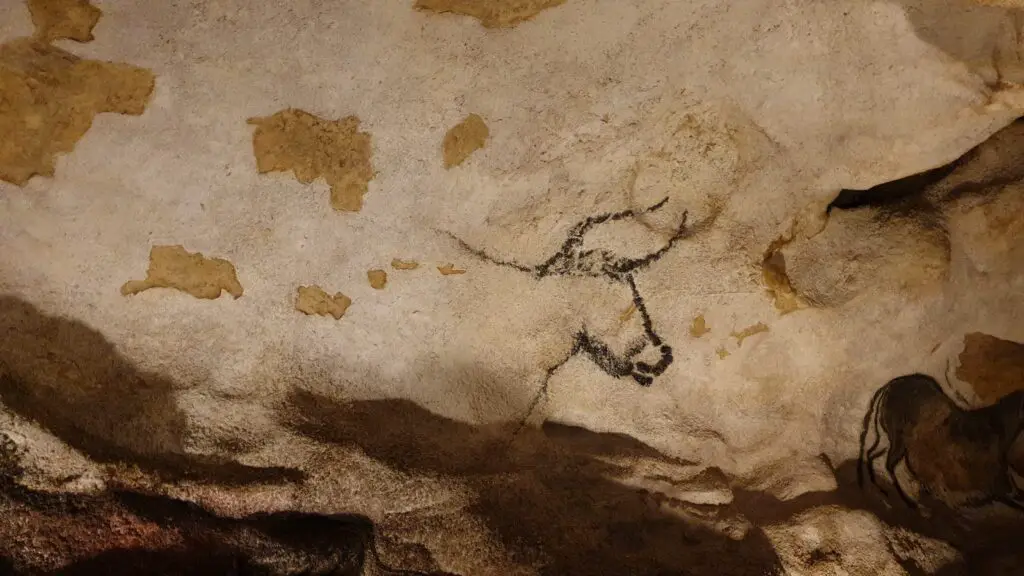
The Lascaux Caves in southwestern France are home to some of the world’s most famous Paleolithic cave paintings, estimated to be over 17,000 years old. Discovered in 1940, the caves feature intricate depictions of animals and human figures, showcasing early human artistry. Due to concerns about the preservation of the delicate artwork, the original caves have been closed to the public since 1963.
Visitors can explore a meticulously crafted replica, Lascaux II, which offers a near-authentic experience without risking the original artwork’s integrity. The decision to close the original caves underscores the delicate balance between cultural heritage and tourism, ensuring these ancient masterpieces endure for future generations.
7. Vatican Secret Archives, Vatican City
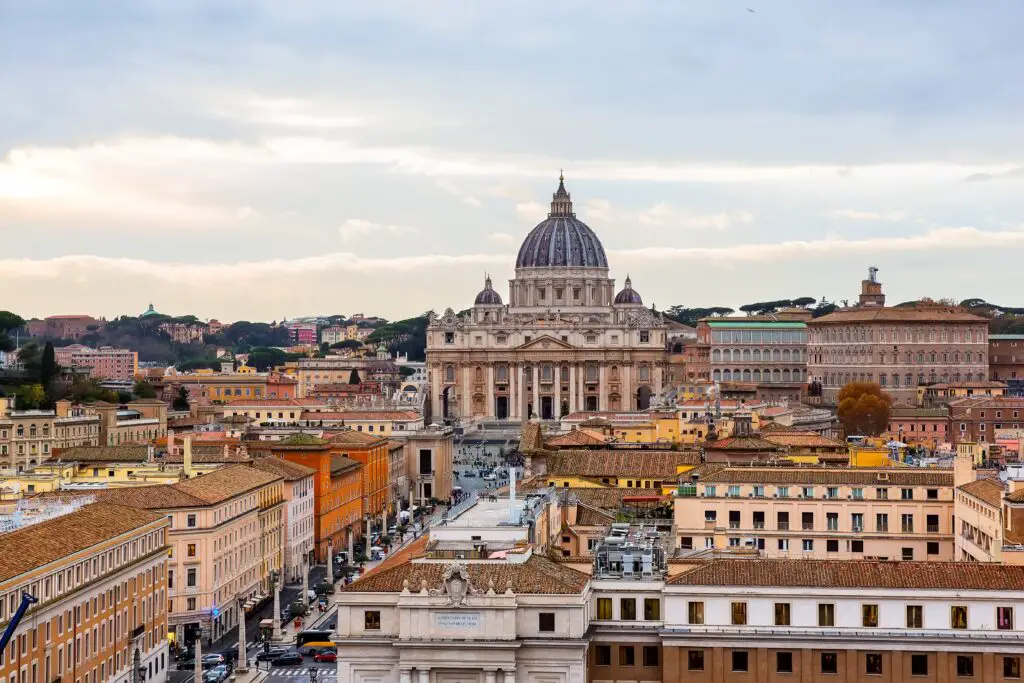
The Vatican Secret Archives hold centuries’ worth of documents, letters, and records from the Catholic Church. Despite its name, the “secret” in the archives refers to confidentiality rather than secrecy. Access is limited to qualified scholars and Vatican officials, with tourists barred from entry.
The archives reportedly contain sensitive documents, including correspondence between popes and world leaders and records of historical events. The mystique surrounding these archives has made them a subject of fascination in popular culture, but the reality is a place of rigorous academic study and strict ecclesiastical control. For most, the archives will remain a tantalizing mystery.
8. North Brother Island, New York, USA
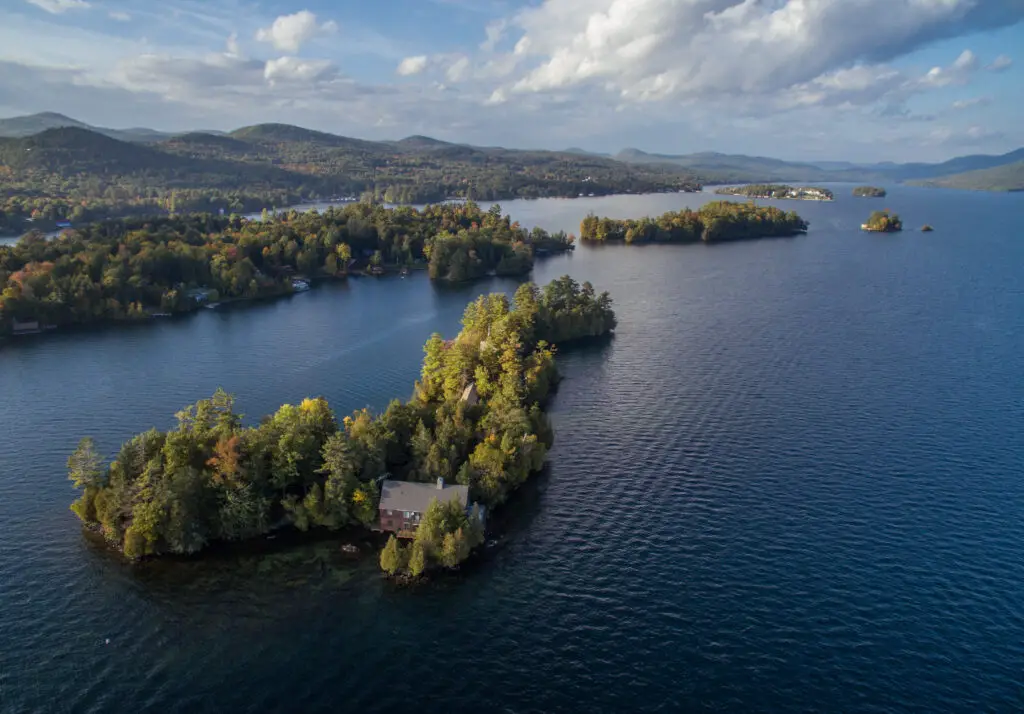
North Brother Island, located in the East River near New York City, has a grim past. It served as a quarantine hospital during the smallpox epidemic and later housed Riverside Hospital and a drug rehabilitation center. The island’s most infamous moment came in 1904 when the passenger ship General Slocum caught fire nearby, resulting in the deaths of over 1,000 people.
Now abandoned, the island is a haven for wildlife and is off-limits to the public. The decaying hospital buildings and overgrown landscape give it an eerie, post-apocalyptic feel. While you can glimpse the island from certain vantage points in New York, the historical weight and safety concerns keep it firmly off the tourist radar.
9. Surtsey Island, Iceland

Surtsey Island emerged from the sea during a volcanic eruption in 1963, off Iceland’s southern coast. As one of the youngest islands on Earth, it provides scientists with a unique opportunity to study ecological succession in an untouched environment. Icelandic law prohibits public access to the island to preserve its natural state.
The island’s isolation has made it a living laboratory, with researchers observing how plants and animals colonize new land. For tourists, Surtsey remains a distant curiosity, symbolizing nature’s raw power and resilience. The decision to keep it off-limits ensures the scientific integrity of this geological wonder.
10. Bohemian Grove, California, USA
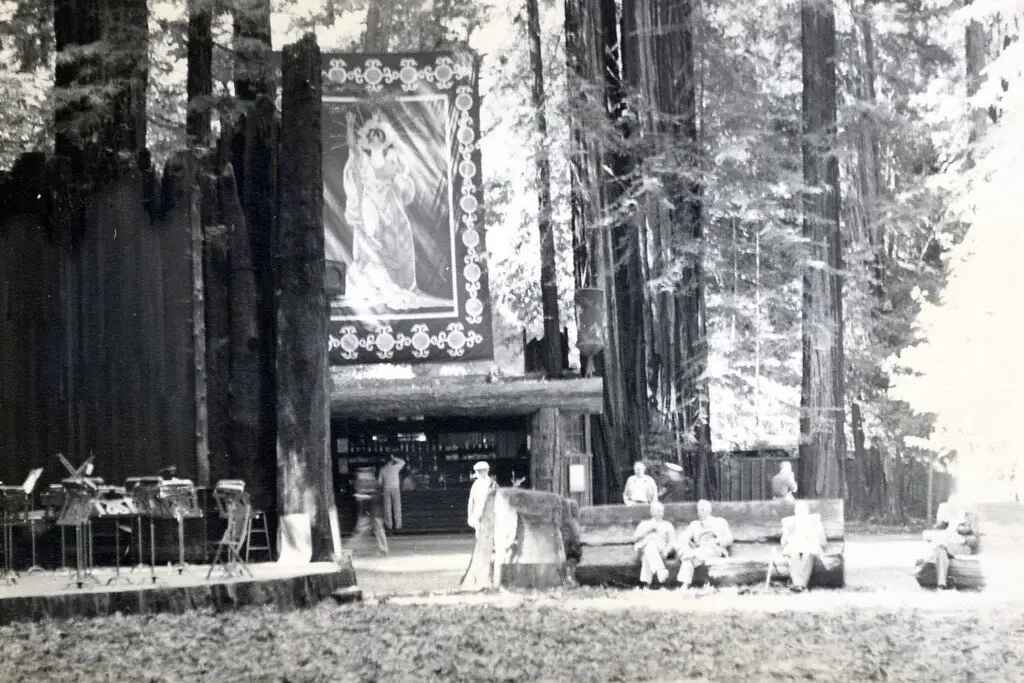
Bohemian Grove, located in Monte Rio, California, is a private campground owned by the Bohemian Club, an exclusive all-male club comprising politicians, artists, and business leaders. Each year, members gather for a two-week retreat filled with rituals, talks, and entertainment. The secretive nature of the club and its high-profile attendees have made Bohemian Grove a hotbed for conspiracy theories.
Security is tight, and access is strictly limited to club members and their guests. Over the years, journalists and conspiracy theorists have tried to infiltrate the event, but the club maintains its aura of exclusivity and secrecy. The Grove is a prime example of how privacy and exclusivity can fuel public intrigue.
11. Mount Weather Emergency Operations Center, Virginia, USA
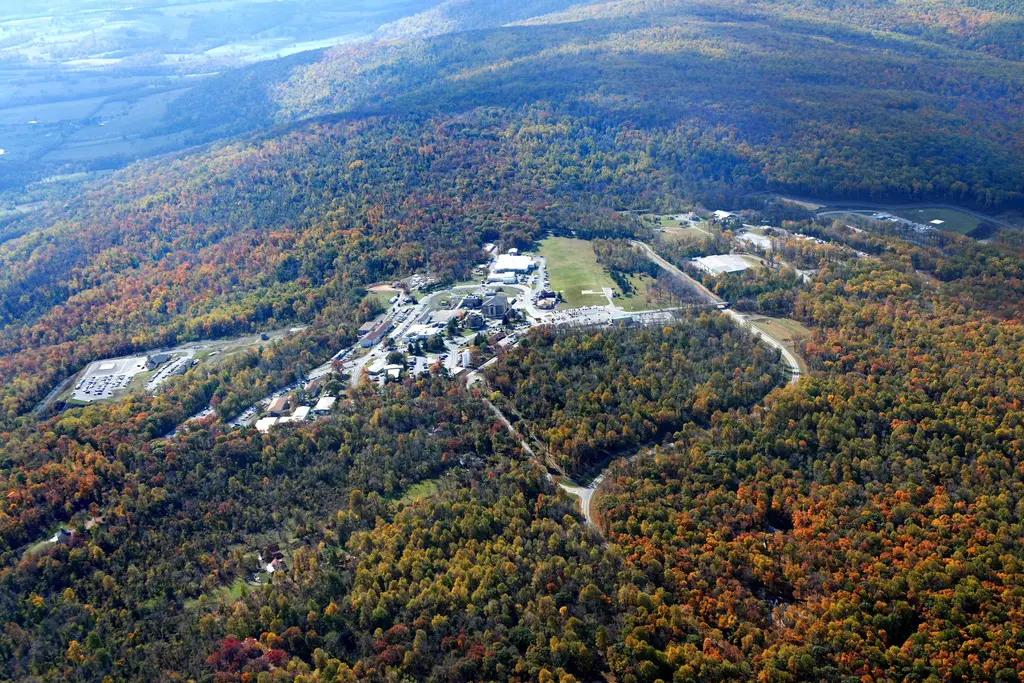
Mount Weather, nestled in the Blue Ridge Mountains of Virginia, is a top-secret federal facility designed to serve as an emergency operations center during national disasters. Operated by FEMA, the center would become a command hub in the event of a catastrophic event, including nuclear attacks.
The facility’s exact layout and functions are highly classified, with only a select few having access. Tours or civilian visits are non-existent, ensuring that Mount Weather remains an enigma. The existence of such a place serves as a stark reminder of national security measures in the modern age.
12. The Queen’s Bedroom, Buckingham Palace, UK
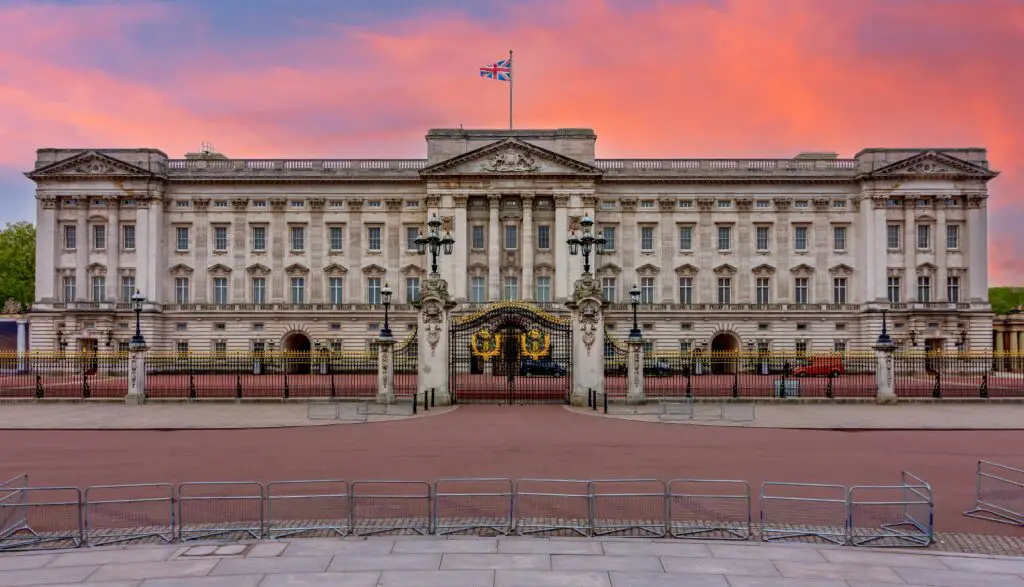
Buckingham Palace is one of the most famous royal residences globally, but the Queen’s private quarters are strictly off-limits to the public. While parts of the palace open to visitors during certain times of the year, the royal family’s private areas, including the Queen’s bedroom, remain private.
The bedroom is not just a sleeping space but also serves as a place for intimate gatherings and private meetings. This restriction ensures the royal family’s privacy and security, preserving the dignity of the monarchy. Tourists can admire the palace’s grandeur from the outside, but the inner sanctum of the Queen’s quarters is a realm few will ever experience.
13. Coca-Cola Vault, Georgia, USA

The Coca-Cola Vault, located at the World of Coca-Cola in Atlanta, Georgia, is where the secret formula of the world-famous soft drink is kept. The formula’s secrecy is legendary, with only a handful of executives knowing its exact ingredients at any given time. The vault is heavily guarded, and access is restricted to a select few.
The myth surrounding the formula’s secrecy has added to Coca-Cola’s global mystique. While visitors can tour the World of Coca-Cola and learn about the brand’s history, the vault itself remains an inaccessible treasure trove of trade secrets.
14. Heard Island and McDonald Islands, Australia
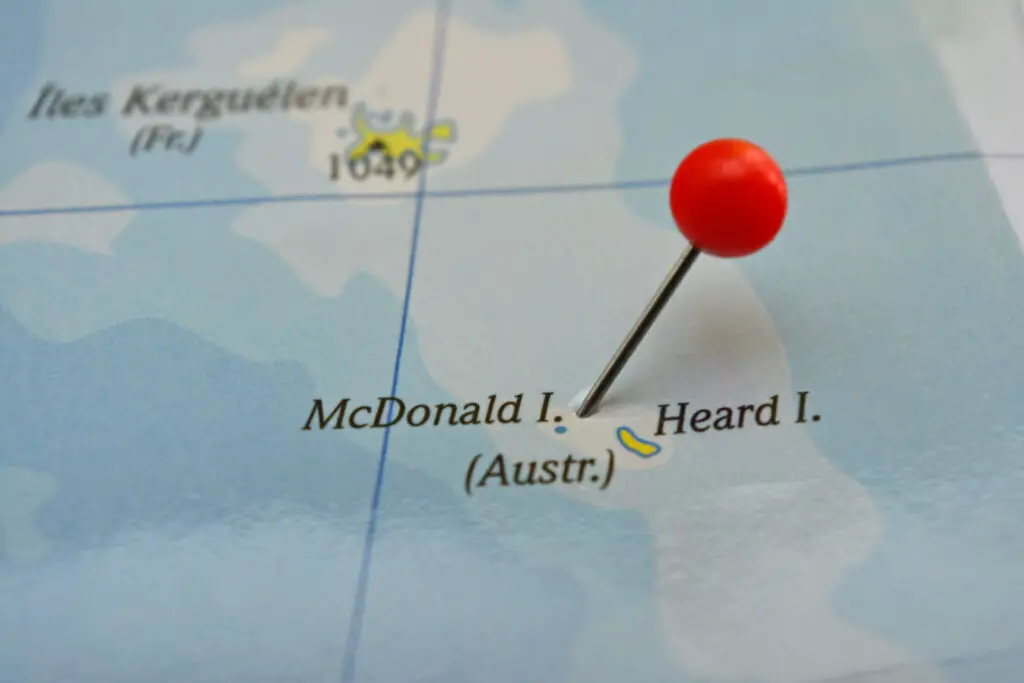
These remote, uninhabited territories in the Southern Ocean are home to active volcanoes and extreme weather conditions. Access is limited to scientific research teams under strict regulations, preserving its untouched ecosystem and unique wildlife. The islands’ harsh climate, with freezing temperatures and relentless winds, makes visiting nearly impossible. The Australian government enforces these restrictions to protect the fragile environment and the rare species that inhabit the area.
For scientists, the islands offer a unique chance to study volcanic activity and isolated ecosystems. For tourists, the islands remain an alluring but unreachable destination, embodying nature’s wild and untamed beauty. The inaccessibility only adds to their mystique, keeping them a secret gem of the Southern Hemisphere.
15. Lanyon Quoit, Cornwall, UK
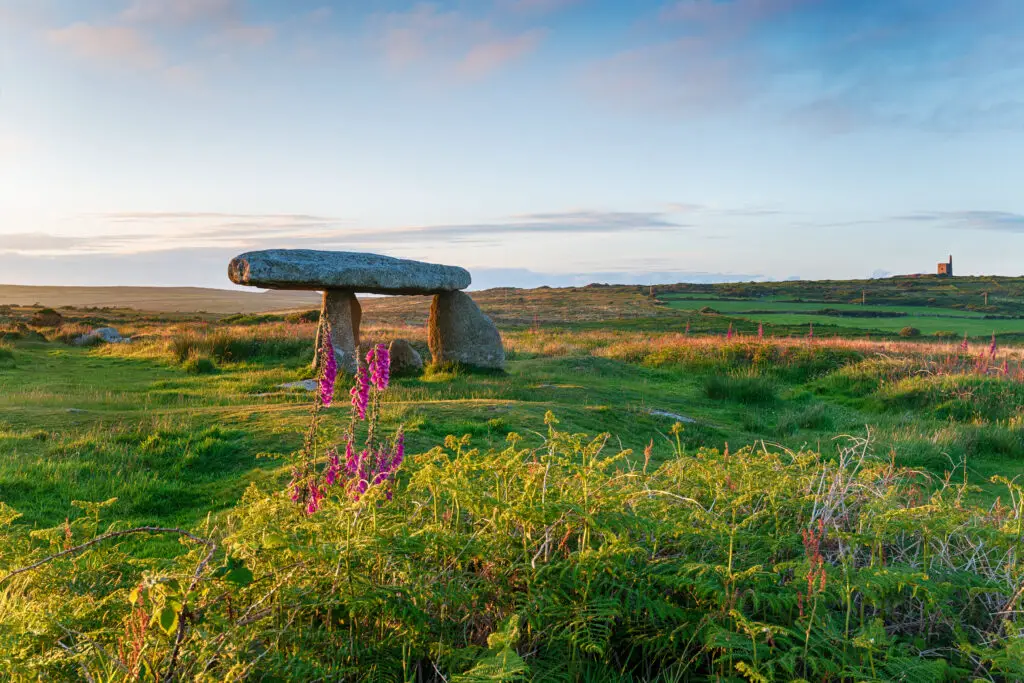
Lanyon Quoit is a Neolithic dolmen located in Cornwall, England, known for its historical significance and architectural mystery. This ancient burial site consists of massive stones forming a table-like structure, reflecting early human ingenuity. While the dolmen itself is accessible, the surrounding site is protected to prevent damage from human interference.
Archaeologists and historians study the site to understand more about prehistoric cultures, but tourists are advised to admire the structure from designated areas. The combination of historical reverence and conservation efforts ensures that Lanyon Quoit remains a preserved slice of ancient history, untouched by modern tourism.
16. Boiling Lake, Dominica
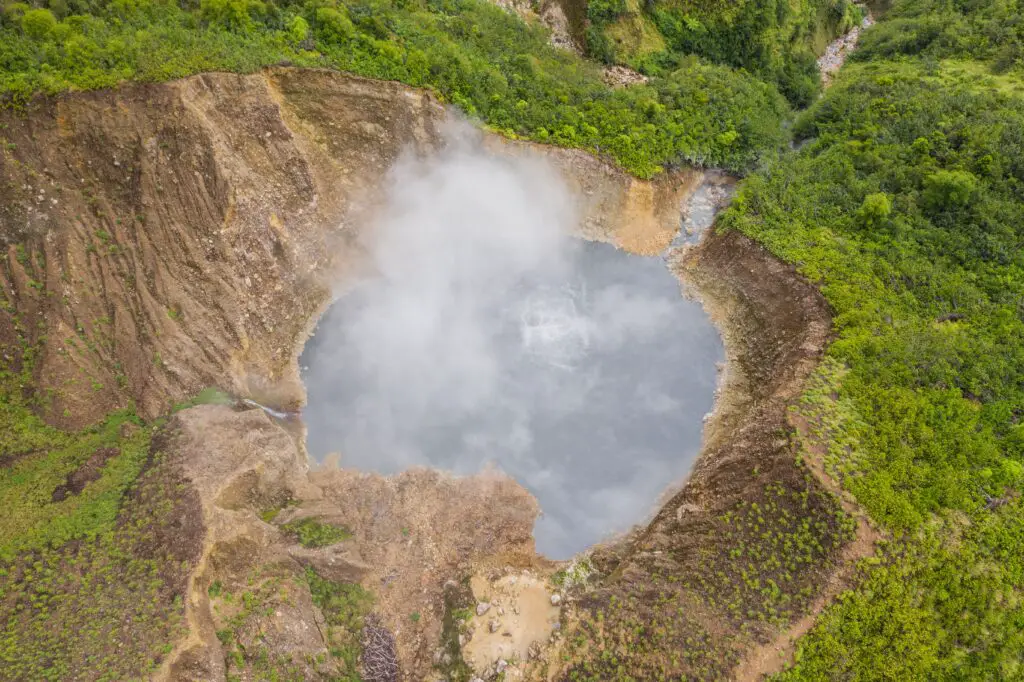
Boiling Lake in Dominica is the world’s second-largest hot spring and a natural wonder hidden deep within the Morne Trois Pitons National Park. The lake’s surface is a bubbling cauldron of boiling water, with temperatures reaching near boiling point around its edges. Access to the lake requires a strenuous hike through dense rainforest and rugged terrain, making it a challenge for most visitors.
Safety concerns and environmental preservation efforts limit tourist access to this geothermal marvel. Only the most adventurous hikers who follow strict guidelines can witness its otherworldly beauty firsthand. Boiling Lake’s remote location and volatile nature ensure it remains one of the planet’s most forbidden and fascinating destinations.
